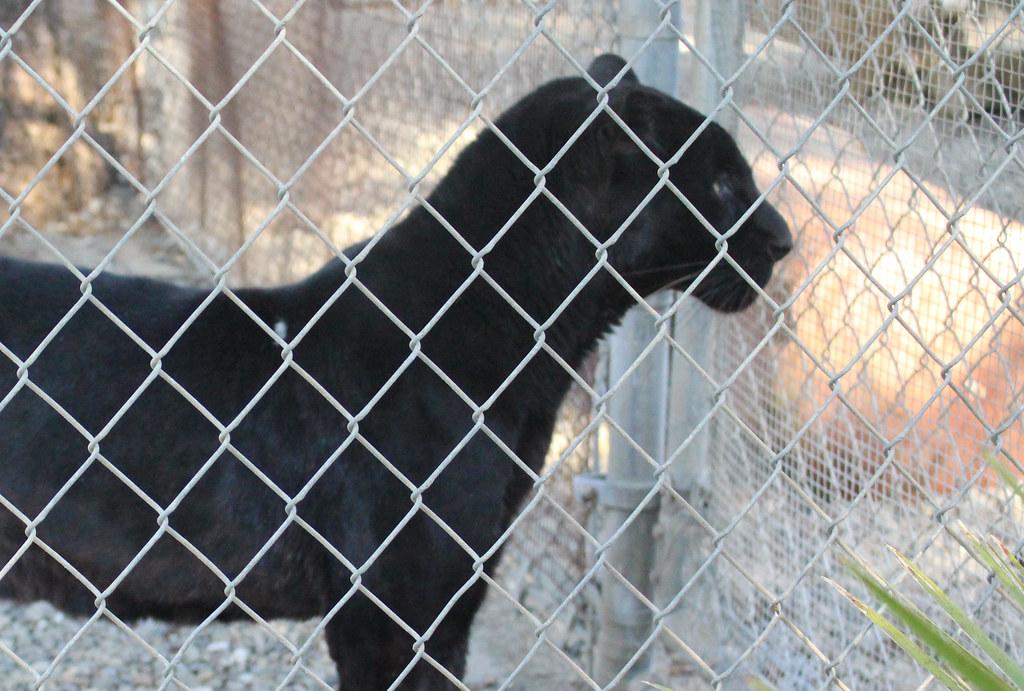As we venture into the great outdoors, the call of the wild beckons both humans and their four-legged companions. National parks, with their breathtaking landscapes and diverse ecosystems, offer an unparalleled opportunity for adventure and bonding. However, the presence of pets in these natural sanctuaries requires a thoughtful balance to ensure the protection of wildlife and the enjoyment of all visitors. In this article, we will explore essential guidelines and practices for visiting national parks with pets, aiming to harmonize the needs of our furry friends with the preservation of these precious natural habitats. Whether you’re a seasoned park-goer or planning your first outing, our warm and instructive guide will help you navigate the path to a respectful and fulfilling experience for both you and your pet.
Understanding Your Pets Impact on Local Wildlife
When planning a visit to a national park with your furry companion, it’s important to consider how their presence might affect the local wildlife. Pets, no matter how well-behaved, can inadvertently disrupt the delicate balance of these natural ecosystems. To minimize this impact, there are several guidelines that pet owners can follow:
- Keep your pet on a leash: Most parks require pets to be on a leash no longer than six feet. This helps prevent them from chasing or disturbing wildlife.
- Stay on designated trails: Straying off the path can lead to trampling of fragile plant life and disturb habitats. Keeping your pet on the trail ensures both their safety and the preservation of the park.
- Dispose of waste properly: Pet waste can introduce harmful bacteria and nutrients to the environment. Always clean up after your pet and use designated waste bins.
- Respect wildlife: Encourage your pet to observe from a distance. Even the scent of a domestic animal can alter wildlife behavior and stress native species.
By following these guidelines, you not only ensure a safe and enjoyable experience for your pet but also help preserve the beauty and biodiversity of our national parks for generations to come.
Choosing Pet-Friendly Trails for a Harmonious Adventure
Embarking on an adventure with your furry friend can be a rewarding experience, but it’s essential to ensure the trails you choose are as accommodating to pets as they are to humans. Pet-friendly trails are designed to offer a harmonious balance between enjoying nature and ensuring your pet’s safety and comfort. Here are some key factors to consider when selecting a trail:
- Trail Difficulty: Opt for trails that match your pet’s physical abilities. Consider shorter, less challenging paths if your pet is young, elderly, or not accustomed to long hikes.
- Leash Requirements: Check the park’s leash policies. Many trails require pets to be on a leash no longer than six feet, which helps protect both wildlife and your pet.
- Water Availability: Ensure the trail has access to clean water sources. Bring extra water and a portable bowl to keep your pet hydrated, especially on warmer days.
- Wildlife Considerations: Be aware of the wildlife in the area. Trails known for frequent wildlife sightings might not be the best choice for pets that are easily startled or curious.
By considering these factors, you can create a memorable and safe outing that respects both the natural environment and your pet’s needs. Always remember to pack out what you pack in, including pet waste, to maintain the pristine beauty of our national parks.

Essential Gear and Tips for a Safe Pet Outing
Embarking on a national park adventure with your furry friend is an exciting way to connect with nature, but it requires some essential gear to ensure safety and comfort for both of you. Before heading out, pack a sturdy, adjustable leash and a comfortable, well-fitted harness to keep your pet secure. A collapsible water bowl and a supply of fresh water are crucial to keep your pet hydrated during the hike. Don’t forget biodegradable waste bags to clean up after your pet, preserving the beauty of the park for everyone.
- Pet-Friendly Trail Map: Make sure you have a map of trails where pets are allowed to prevent any unexpected detours.
- First Aid Kit: A small kit with bandages, antiseptic wipes, and tweezers can be a lifesaver in case of minor injuries.
- Identification: Ensure your pet has a collar with an ID tag, and consider a microchip for extra security.
Additionally, it’s important to plan for the unexpected. Weather conditions can change rapidly, so having a lightweight pet raincoat or extra blanket can help keep your pet warm and dry. High-energy treats are great for maintaining your pet’s stamina on longer treks, and a pet-safe insect repellent can help protect them from pesky bugs. By preparing thoughtfully, you can enjoy a memorable and safe outing in the great outdoors with your beloved pet.

Respectful Practices for Sharing Spaces with Nature
When venturing into national parks with your furry companions, it’s essential to embrace practices that honor both the natural environment and the creatures that inhabit it. Maintaining a respectful distance from wildlife is crucial, as animals can be sensitive to unfamiliar scents and sounds. Encourage your pet to stay on marked trails to minimize disruption to native plants and habitats. Carrying a leash is not only a park regulation but also a vital tool in ensuring your pet doesn’t disturb the local ecosystem.
- Stay on Trails: Keep pets on designated paths to protect native flora.
- Leash Up: Use a leash to prevent unintended wildlife encounters.
- Pack Out Waste: Dispose of pet waste properly to maintain the park’s natural beauty.
- Observe Quietly: Encourage quiet observation to minimize stress on wildlife.
By following these guidelines, you can ensure that your visit is both enjoyable and environmentally responsible. Each small action contributes to preserving the beauty and balance of these treasured natural spaces.

